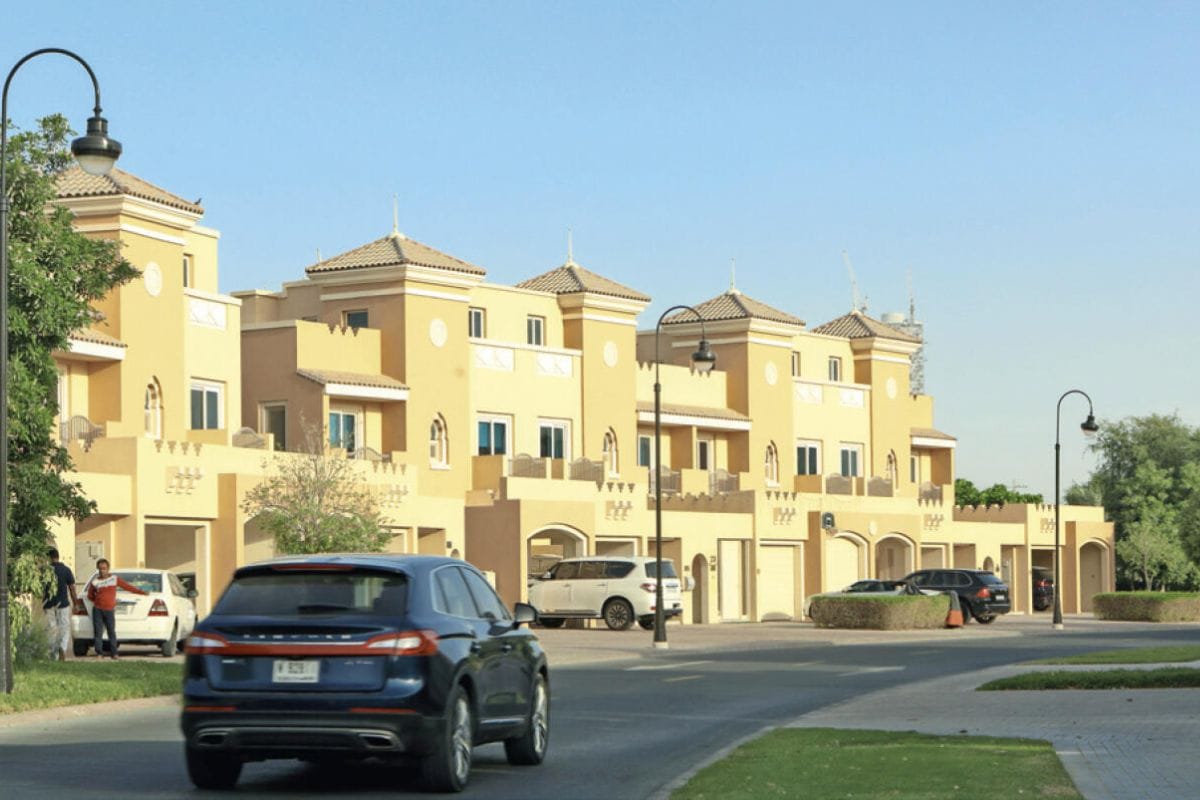With its iconic skyline and flourishing real estate market, Dubai has long been a magnet for property investors worldwide. From luxurious waterfront apartments to sprawling villas in gated communities, the city offers various properties catering to multiple tastes and budgets. However, navigating the financial aspects of purchasing property in Dubai can be daunting, especially for first-time buyers or those unfamiliar with the local market dynamics.
Types of Payment Plans

Unlike conventional real estate markets, Dubai offers flexible payment plans tailored to accommodate diverse financial profiles. These payment plans vary depending on factors such as the developer, project type, and market conditions. Here are some of the common payment plans you can see in Dubai’s realty landscape.
Standard Payment Plan
Under the standard payment plan, buyers typically embark on their investment journey by committing a portion of the property's total cost upfront as a down payment. This initial payment, ranging from 10% to 30% of the property's value, secures their interest in the real estate venture. Following this initial commitment, the remaining balance is then disbursed in structured installments. These installments are spread out over the construction period.
Advantages
- Flexibility in payment: Buyers can commit to a property with a relatively lower initial down payment and manage the remaining balance through structured installments.
- Incremental investment: Spread-out installments often coincide with construction milestones and allow buyers to invest gradually.
- Post-handover payment options: Extended payment plans after property completion enable buyers to manage finances over a more extended period.
Disadvantages
- Construction delays: Delays in project completion can disrupt the payment schedule.
- Market fluctuations: Changes in market conditions or unexpected project developments can introduce uncertainties regarding the property's value and investment returns.
- Potential financial strain: While installment payments offer flexibility, buyers must ensure they can meet their financial obligations over the entire payment period.
Deferred Payment Plan
In a deferred payment plan, buyers are presented with an alternative approach to property acquisition. The plan focuses on reducing the initial financial burden on buyers by requiring a smaller down payment upfront, typically ranging from 5% to 10% of the property's total cost. The distinguishing feature of this payment plan lies in the deferred nature of the bulk of the payment. This deferred payment scheme allows buyers to defer a significant portion of the property's cost until after the completion of the project.
Advantages
- Lower initial financial commitment: Buyers can enter the property market with a smaller down payment. This makes it more accessible to individuals with limited immediate financial resources.
- Deferred payments: As the bulk of the property's cost is deferred until a later stage, buyers can manage their finances more effectively and potentially leverage future earnings.
- Extended payment terms: Developers offer generous payment terms spanning several years beyond the handover date.
Disadvantages
- Cost implications: Deferred payment plans may involve additional costs such as interest or fees associated with the extended payment terms.
- Market risks: Reliance on post-handover payments introduces risks associated with changes in market conditions or unforeseen project developments.
- Long-term commitment: Extended payment terms require buyers to commit to long-term financial obligations as it necessitates careful financial planning and consideration of potential future circumstances.
Construction-linked Payment Plan
Unlike traditional payment plans that follow fixed timelines or post-handover arrangements, the construction-linked payment plan aligns payments with specific construction milestones. This ensures that buyers' financial commitments correspond to the project's advancement. Upon booking the property, buyers initiate payments, typically with a nominal deposit. The construction milestones can vary but often include significant phases like the completion of the foundation, structural framing, and building enclosure.
Advantages
- Transparency and accountability: As payments are directly linked to construction milestones, buyers have a clear understanding of the progress of their investment.
- Flexibility in payments: Buyers spread out their financial commitments over the construction phase. This allows for better budgeting and financial planning.
- Tangible process tracking: Buyers can monitor the development of their property in real time.
Disadvantages
- Potential for construction delays: Construction delays can disrupt the payment schedule, potentially causing frustration or financial strain for buyers.
- Risk of unrealistic milestones: Buyers should ensure that the predetermined construction milestones are reasonable and achievable to minimize the risk of unforeseen delays or complications.
- Lack of post-handover flexibility: The plan does not offer extended payment terms beyond project completion.
Rent-to-own Payment Plan
The rent-to-own payment plan appeals to buyers interested in ready-to-move-in properties. With this plan, tenants can lease a property for a specified period, retaining the option to purchase it before the lease term expires. This payment arrangement is advantageous for individuals who may lack the immediate funds for an upfront payment. The tenants sign a tenancy contract with the landlord for a predetermined duration, with annual rentals typically higher than market rates. However, these rental payments can be utilized as a down payment towards eventual property acquisition.
Advantages
- Financial flexibility: The plan provides individuals with limited immediate resources the opportunity to gradually accumulate equity in a property without a large upfront payment.
- Pathway to ownership: Tenants have the option to convert their rental payments into equity.
- Accessibility: The plan allows tenants to lease a ready-to-move-in property while retaining the option to purchase it before the lease term expires.
Disadvantages
- Higher rentals: Annual rentals under this plan are typically higher compared to prevailing market rates.
- Contractual obligations: Tenants are bound by a tenancy contract with specific terms and conditions, including a lock-in period, which may limit flexibility and exit options.
- Risk of non-ownership: If tenants are unable to exercise the option to purchase the property before the lease term ends, they risk not realizing the equity accumulated through rental payments, potentially resulting in financial loss.
Factors Influencing Payment Plans

Several factors influence the design and availability of these payment plans. Buyers and investors must carefully consider these factors when evaluating payment options to make informed decisions. Some of the significant factors are:
Developer profile
One of the primary factors influencing payment plans is the reputation and track record of the developer. Established developers with a history of successful projects often have the financial stability and credibility to offer more favorable payment terms. These developers aim to attract buyers by instilling confidence in their projects through flexible and accommodating payment plans.
Project type and location
The nature and location of the property also play a pivotal role in shaping payment plans. Luxury high-rise developments in prestigious areas like Downtown Dubai may command higher down payments and stricter payment terms compared to suburban villas in areas like Dubailand. Prime locations often come with a premium price tag, which is reflected in the payment structure of the property.
Market conditions
The prevailing market conditions exert a significant influence on the availability and flexibility of payment plans. During periods of high demand and robust market activity, developers may adopt more stringent payment terms to capitalize on the buoyant market sentiment. Conversely, during market slowdowns or downturns, developers may adjust their payment plans to stimulate sales and attract buyers by offering more lenient terms.
Also Read:















